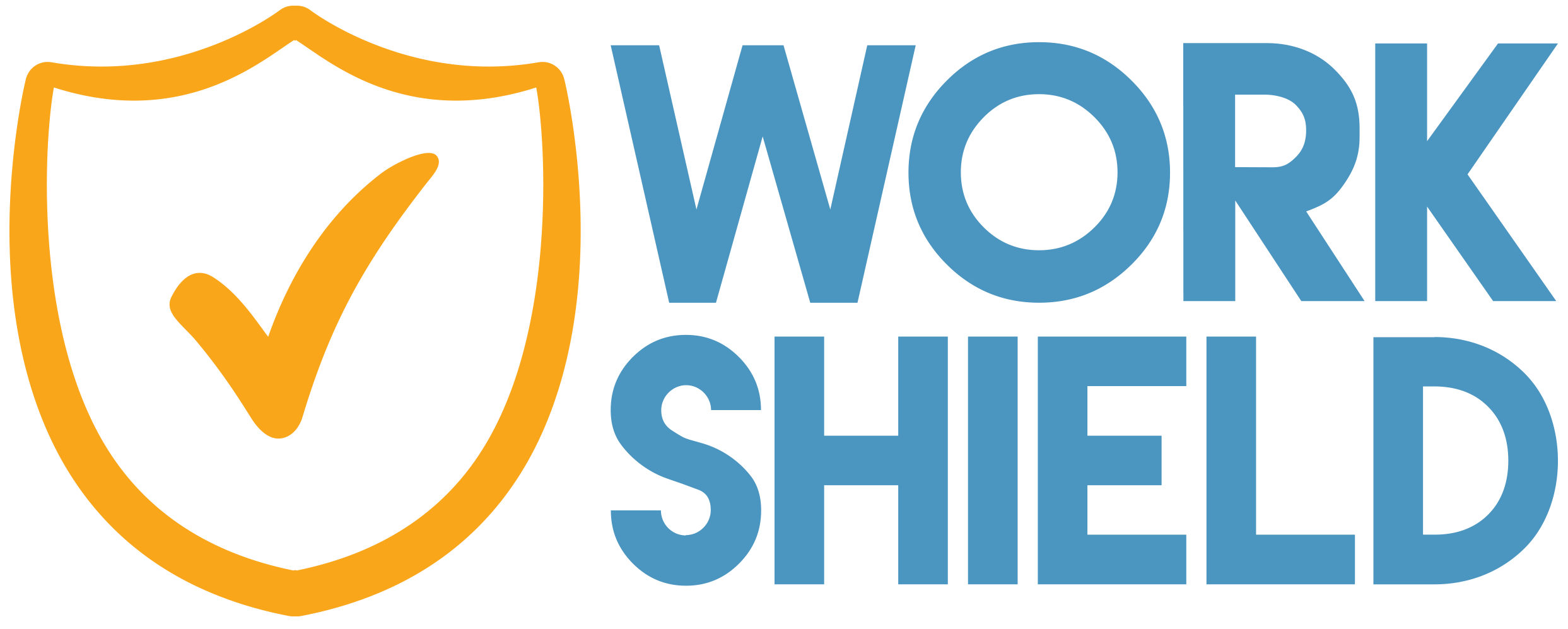In a time when inflation is on the rise and Americans are dealing with the results of a post-pandemic world, it’s troubling to see that workplace bullying is also increasing. According to a survey, 30% of the workforce admits to experiencing direct bullying, which is up by a staggering 57% from 2017. Additionally, 43% of remote employees have experienced workplace bullying more than in-office workers. And when including witnesses, 79.3 million Americans are affected in total.
It’s time to stop this disturbing trend.
Combating the issue as an upstander – not just a bystander – is more crucial than ever. As defined by the Workplace Bullying Institute (WBI), workplace bullying is the repeated, health-harming mistreatment of one or more persons (the targets) by one or more perpetrators. It is conduct that is threatening, humiliating, or intimidating and causes work interference, which ultimately halts productivity.
Rather than being a bystander of workplace bullying, become an upstander. Here are a few ways to step in and stop harassment in its tracks.
Model Ethical Behavior
While each worker plays a part in modeling healthy workplace behavior, all eyes are on the managers who set the example for company cultures. As the popular saying by business expert Perry Belcher goes, “Nothing will kill a great employee faster than watching you tolerate a bad one.” Having a leader that exemplifies upstander qualities can go a long way in setting the tone for the entire team and may inspire others to speak up when bullying is witnessed. In fact, a strong leader will inspire confidence in team members to report signs of workplace toxicity, and leading by example builds trust and employee loyalty. Additionally, research clearly shows that having a supportive manager is associated with less tension and stress during workdays, which in turn causes employees to feel more productive and cultivates an overall positive work environment.
Revamp Policies and Procedures
With WBI studies showing that 20% of employees witness bullying firsthand, leadership should have policies and procedures in place that address respecting one another in the workplace and reporting misconduct. Ideally, procedures should be listed out in a shared document that includes the definition of bullying with examples, how to confidently report it and consequences for violations. This is a step in the right direction and a necessity to stop the upward trajectory of workplace harassment.
Create a Be Heard Culture
Creating a ‘Be Heard’ culture means leaders must commit to battling workplace misconduct of any kind while making it clear to employees that inappropriate words and deeds are unacceptable. In turn, if leaders create a no tolerance zone for bullying, they must implement safe, secure reporting methods for employees to truly be heard. While 66% of employees are aware of bullying, even if they’re not directly involved, it’s important to implement third-party reporting solutions that provide a clear channel of communication and reduce the fear of retaliation. These solutions should be supported by leadership so employees feel comfortable in their work environments. With workplace bullying on the rise, especially for remote cultures, the alarm bell has rung on this issue. It’s time to put an end to toxic behavior and become an upstander rather than a bystander, which involves the active involvement of both managers and employees. Starting from the top down by revamping procedures and creating a be heard culture, it’s possible to begin a movement in your workplace where bullying is simply not tolerated. Learn how Work Shield supports organizations in creating more upstanders in the workplace and removing toxicity as a whole.





